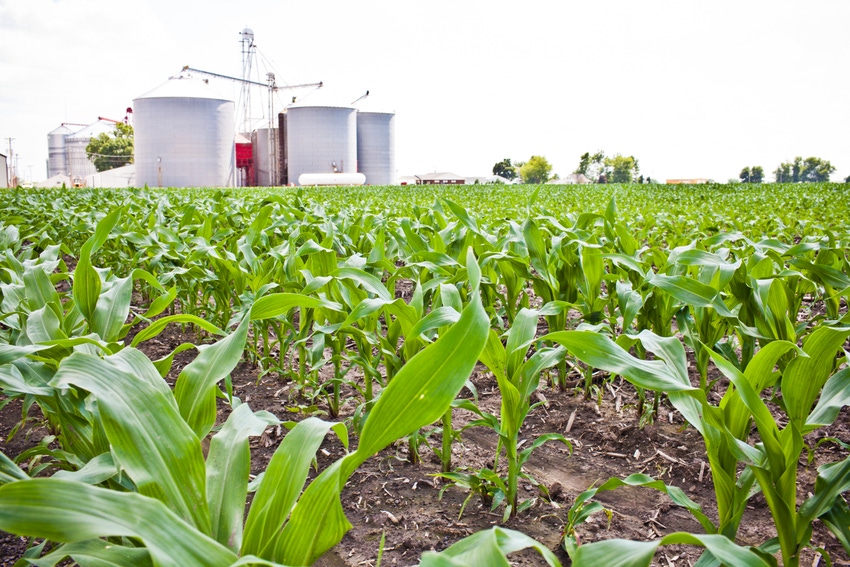May 18, 2017

The window to control weeds is always tight, but delayed planting and excessive rainfall could mean the window for postemergence weed control is more compressed than usual.
Farmers crunched for time may choose to prioritize planting over a preemergence herbicide application, which will put even more pressure on postemergence applications to control weeds, says Lona Rookaird with DuPont Crop Protection.
Four inches is the critical weed height for effective control, especially in the absence of a preemergence application. Why?
Effective weed control. Weeds are more vulnerable to herbicides when they have less developed root structures and leaf areas, so Rookaird says a postemergence herbicide application before weeds are 4 inches tall is most effective. Scout fields as soon as possible after planting to assess weed pressure and plan postemergence applications accordingly.
“Giant ragweed and waterhemp grow extremely fast, especially as heat units increase. If weeds are 2 inches tall today, they will be 3 inches in the next day or two,” she explains.
Every bushel counts. Weeds rob growing crops of moisture, nutrients and light. “When weeds are eliminated early, crops are less stressed and get off to a more vigorous start, promoting faster canopy closure for moisture and weed management,” says Rookaird. That boost in early vigor helps plants meet yield potential later in the season.
Save on input costs. Weeds need the same resources to thrive as the growing crop. This means that the nutrients you’ve applied to improve crop health may be intercepted by weeds instead. The result can be stunted plants and yield reductions of 5 to 20 percent, depending on weed density and how long weeds have been robbing nutrients, Rookaird says.
Uncontrolled weeds can increase input costs if you need to compensate for lost nutrients with extra fertilizer in-season.
Better herbicide-resistance management. As weeds grow, herbicides become less effective and escapes are more common. Weeds that may be less sensitive to herbicides will survive and reproduce, allowing resistant weed populations to grow, Rookaird says.
“Go back in after a postemergence herbicide application to assess control. Depending on crop stage, there may be time for a clean-up application to control those missed weeds and eliminate seeds in the seedbank.”
You May Also Like




